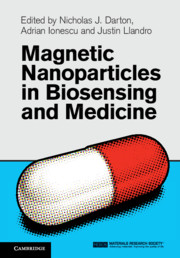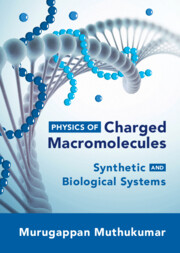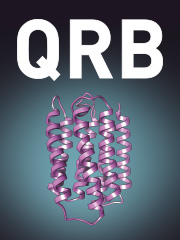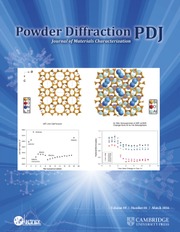Molecular Forces and Self Assembly
Challenging the cherished notions of colloidal theory, Barry Ninham and Pierandrea Lo Nostro confront the scientific lore of molecular forces and colloidal science in an incisive and thought-provoking manner. The authors explain the development of these classical theories, discussing amongst other topics electrostatic forces in electrolytes, specific ion effects and hydrophobic interactions. Throughout the book they question assumptions, unearth flaws and present new results and ideas. From such analysis, a qualitative and predictive framework for the field emerges; the impact of this is discussed in the latter half of the book through force behaviour in self assembly. Here, numerous diverse phenomena are explained, from surfactants to biological applications, all richly illustrated with pertinent, intellectually stimulating examples. With mathematics kept to a minimum, and historic facts and anecdotes woven through the text, this is a highly engaging and readable treatment for students and researchers in science and engineering.
- Presents new developments in the discipline and describes their impact on applications in chemical engineering, nanosciences, biotechnology, and biological sciences
- Avoids complex mathematical formulae so the content is accessible to non-technical readers
- Useful summaries and extensive referencing provide information on the most relevant discoveries in the last 100 years
Reviews & endorsements
'Full of wisdom gained from a wealth of experience. … a good deal of charm weaves its way through the fabric of the presentation.' Gerald Pollack, Bioengineering, University of Washington
'Very few books have changed a field to such a level that they define a new paradigm. I consider that this book has done so.' Kåre Larsson, Camurus Lipid Research Foundation, Ideon Science Park and Lund University
'Molecular Forces and Self Assembly is anything but boring. The book's erudite and engaging presentation deftly weaves in the results of eminent scientists from Isaac Newton to Lars Onsager and sheds light on how disparate physical laws are glued together in contemporary theories. The authors even mix in some humor … Even experimentalists … have something to learn from the book's dissection of theory … Molecular Forces and Self Assembly is best taken as a missive from one generation of soft-matter scientists to the next that there is still much to be questioned and understood about complex fluids.' Physics Today
Product details
April 2010Adobe eBook Reader
9780511686672
0 pages
0kg
97 b/w illus. 15 tables
This ISBN is for an eBook version which is distributed on our behalf by a third party.
Table of Contents
- Part I. Molecular Forces:
- 1. Reasons for the enquiry
- 2. Different approaches to, and different kinds of molecular forces
- 3. Electrostatic forces in electrolytes in outline
- 4. The balance of forces
- 5. Quantum mechanical forces in condensed media
- 6. The extension of the Lifshitz theory to include electrolytes and Hofmeister effects
- 7. Specific ion effects
- 8. Effects of dissolved gas and other solutes on hydrophobic interactions
- Part II. Self Assembly:
- 9. Self assembly: overview
- 10. Self assembly in theory and practice
- 11. Bicontinuous phases and other structures: forces at work in biological systems
- 12. Emulsions and microemulsions
- 13. Forces at work: a miscellany of issues.







